In a race similar to the Anglo-German naval buildup before World War I, the US, Japan and China are planning to build large, heavily armed missile warships for a potential confrontation at sea.
Unlike aircraft carriers, cruisers are today the largest surface warships, most heavily armed, and significantly larger and heavier than destroyers or frigates.
Cruisers can serve as flagships for surface action groups (SAGs) or as command centers for fleet air defense.
While only the United States and Russia operate warships officially classified as cruisers, several ships officially classified as destroyers are also of similar size and capabilities.
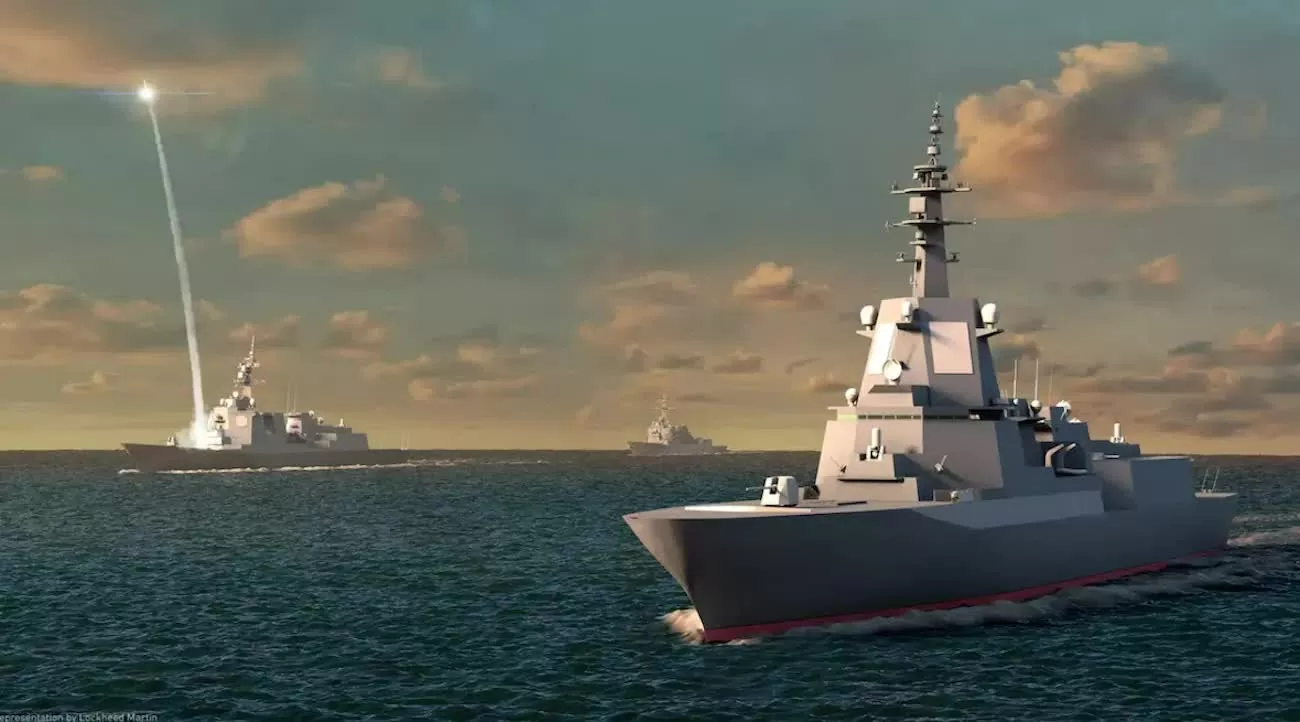 |
| A simulated image of the Japanese ASEV cruiser moving alongside a Maya-class DDG (missile-firing) and the US Navy DDG 51 Flight III. (Source: Lockheed Martin) |
US, Japan race to buy new ships
According to Naval News , recently, the famous American weapons manufacturer Lockheed Martin introduced a model of a ship equipped with the advanced AEGIS system (ASEV) ordered by Japan at the International Defense Exhibition and Conference (IDEX) in Abu Dhabi (UAE).
Set to become the world's largest stealth guided-missile destroyer outside the Zumwalt class (16,000 tons fully loaded displacement), Japan's ASEV provides a significant boost to ballistic missile defense capabilities.
With a length of 190 meters and a displacement of more than 14,000 tons, ASEV is considered superior to China's Type 055 destroyer (classified as a cruiser by the North Atlantic Treaty Organization - NATO) in many aspects with AN/SPY-7 AESA radar, 128 vertical launch system (VLS) cells, and glide phase interceptors (GPI) to counter hypersonic threats and Tomahawk missiles.
The ASEV is expected to be delivered to Japan by contractor Lockheed Martin in 2028, indicating Japan's strategic shift from land-based systems to responding to growing threats from neighboring countries such as China and North Korea.
Similar to the ASEV, according to The War Zone news site, the US Navy's advanced guided missile destroyer DDG(X) program is also being promoted and is in the conceptual design stage.
The DDG(X) is expected to replace the US Navy's aging Ticonderoga-class cruisers, which are gradually becoming limited in combat capabilities, or the Arleigh Burke-class guided-missile destroyers that are at capacity and do not have enough space for future upgrades.
The US advanced guided missile destroyer program is expected to have 40 Megawatts of reserve power for directed energy weapons and advanced sensors supported by an integrated power system (IPS).
However, the cost of manufacturing and installing the DDG(X) generation is also a challenge. The initial estimate of 3.3 billion USD per ship could increase to 4.4 billion USD and the deadline could be extended to 2034.
Despite plans to build 28 ships, production delays could undermine the US Navy's strategic readiness amid rising tensions with Beijing.
Fierce competition from China
While Japan and the United States are still in the design phase of their next-generation destroyers, China has already started the second production run of its Type 055 cruisers, using shipyards in Dalian and Jiangnan to add to its fleet, the SCMP reported in February 2025.
Each Type 055 class ship costs up to $827.4 million with a stealth design, advanced radar systems and a formidable arsenal, including 112 VLS cells capable of deploying surface-to-air, anti-ship and land-attack missiles. The Type 055 class also integrates hypersonic weapons and anti-submarine capabilities, enhancing multi-mission capabilities.
China's Type 055 cruiser is designed to escort aircraft carriers and amphibious assault ships and act as a command center for various naval operations, the SCMP reported.
The buildup of large surface combatants in the Pacific comes as regional navies prepare for a potential maritime conflict, with some countries also making big purchases of critical capabilities such as ballistic missile defense, cruise missiles and air-to-air missiles.
However, deploying large VLS cells requires significant internal space and deck area. Deployment is further complicated by the technical requirements for large, high-mounted radars that can detect threats skimming over the sea early.
Illustrating concerns about missile threats, the US Department of Defense (DOD) China Military Power 2024 report said that the People's Liberation Army Rocket Force (PLARF) is estimated to have 400 intercontinental ballistic missiles (ICBMs), 500 intermediate-range ballistic missiles (IRBMs), 1,300 medium-range ballistic missiles (MRBMs), 900 short-range ballistic missiles (SRBMs), and 400 ground-launched cruise missiles (GLCMs).
Additionally, according to Politico , North Korea may already have enough ICBMs to overwhelm the US's domestic missile defense system. During an evening parade in Pyongyang, North Korea displayed 10-12 Hwasong-17 ICBMs.
Politico commented that if North Korea mounted four warheads on each ICBM, they could overwhelm the US Ground-based Intermediate-Range Defense (GMD) system, which only has 44 interceptor missiles.
Military expert Johannes Fischbach mentioned in a December 2024 article by the International Institute for Strategic Studies (IISS) that China has significantly narrowed the firepower gap with the US Navy, achieving more than 50% of Washington's VLS missile capacity.
According to Mr. Fischbach, the People's Liberation Army Navy (PLAN) - the world's largest navy, currently deploys about 4,300 VLS cells on 84 surface combatants, compared to 8,400 cells in the US Navy on 85 ships.
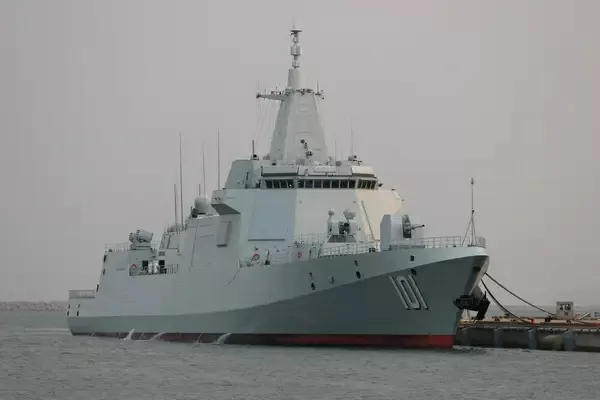 |
| China's Type 055 cruiser is equipped with weapons no less than those of the US Navy. (Source: China News Service) |
This activity coincides with China accelerating its shipbuilding, including the Type 055 cruiser and Type 052D destroyer. In contrast, the United States is facing a decline in its VLS capabilities due to the aging of its Ticonderoga-class cruisers and delays in the construction of its Arleigh Burke-class destroyers. The gap between the two superpowers is narrowing and could significantly weaken the U.S. Navy’s surface warfare capabilities.
Not only that, the shipbuilding capabilities of the US and its allies are also lagging behind China. In an article published in Proceedings Magazine in February 2024, author Jeffrey Seavy said that China currently accounts for 46.59% of the global shipbuilding market, South Korea accounts for 29.24% and Japan accounts for 17.25%, while the US only accounts for an insignificant 0.13% market share.
This author believes that China's great advantage in shipbuilding over the US and its allies will give the world's second largest economy significant advantages in a prolonged naval conflict, including numerical superiority, the ability to increase firepower on board ships, and the ability to quickly repair or replace damaged or destroyed warships.
Experts assert that, in addition to technological factors, missile firepower and shipbuilding capacity will be the deciding factors in who will be the “winner and loser” in future maritime conflicts.
Source: https://baoquocte.vn/nhat-ban-my-trung-quoc-dua-nhau-phat-trien-the-he-tau-moi-thai-binh-duong-nong-nguy-co-chay-dua-vu-trang-tren-bien-307771.html



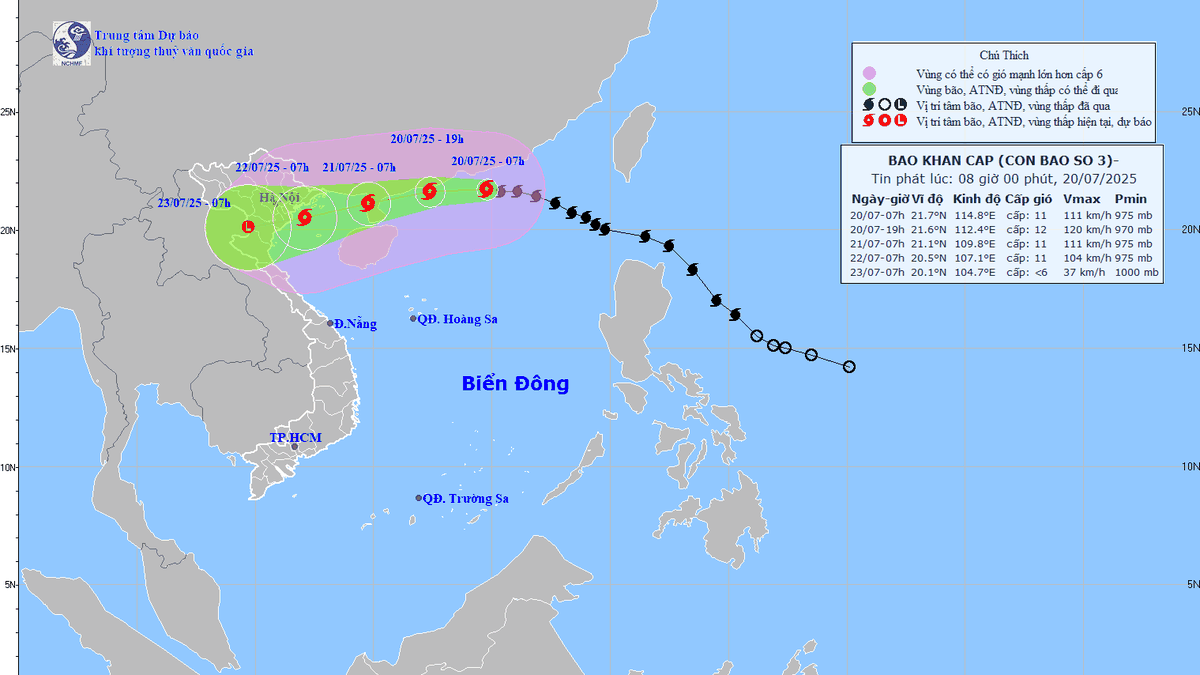
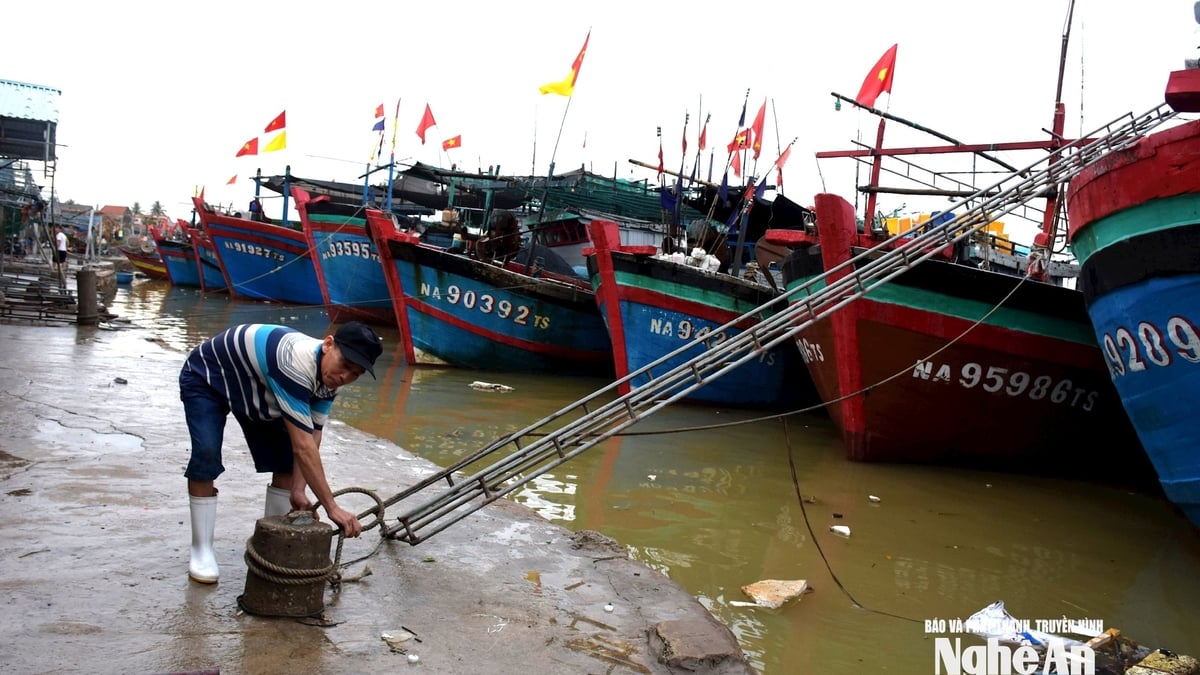


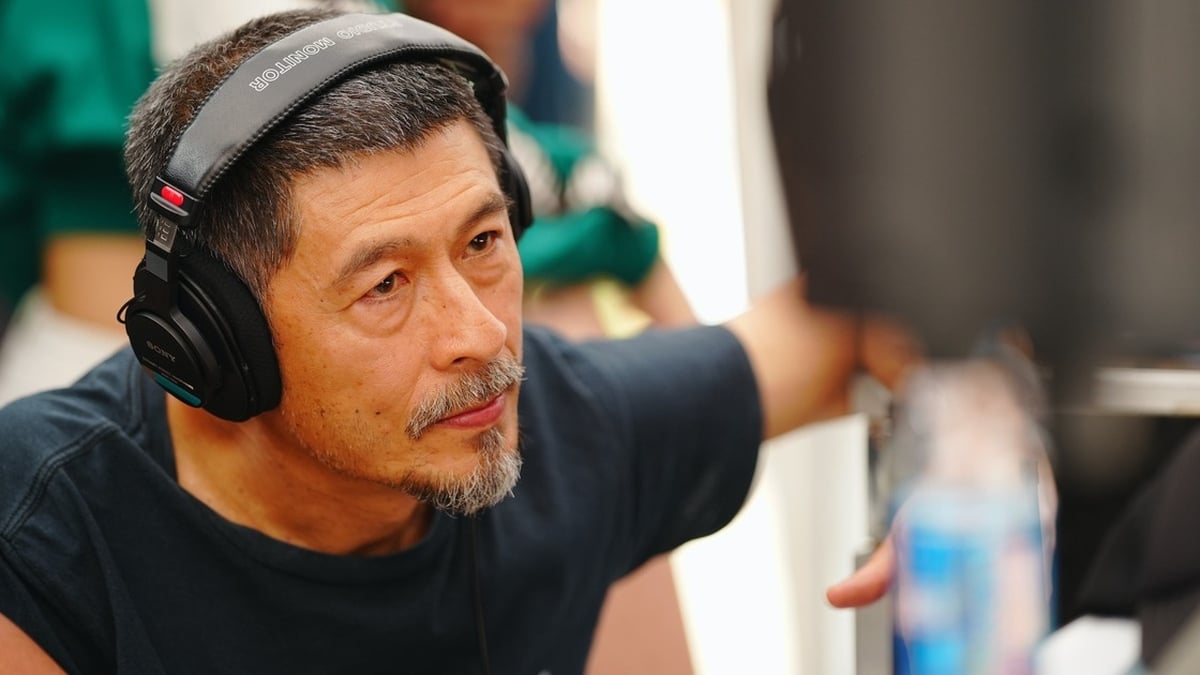

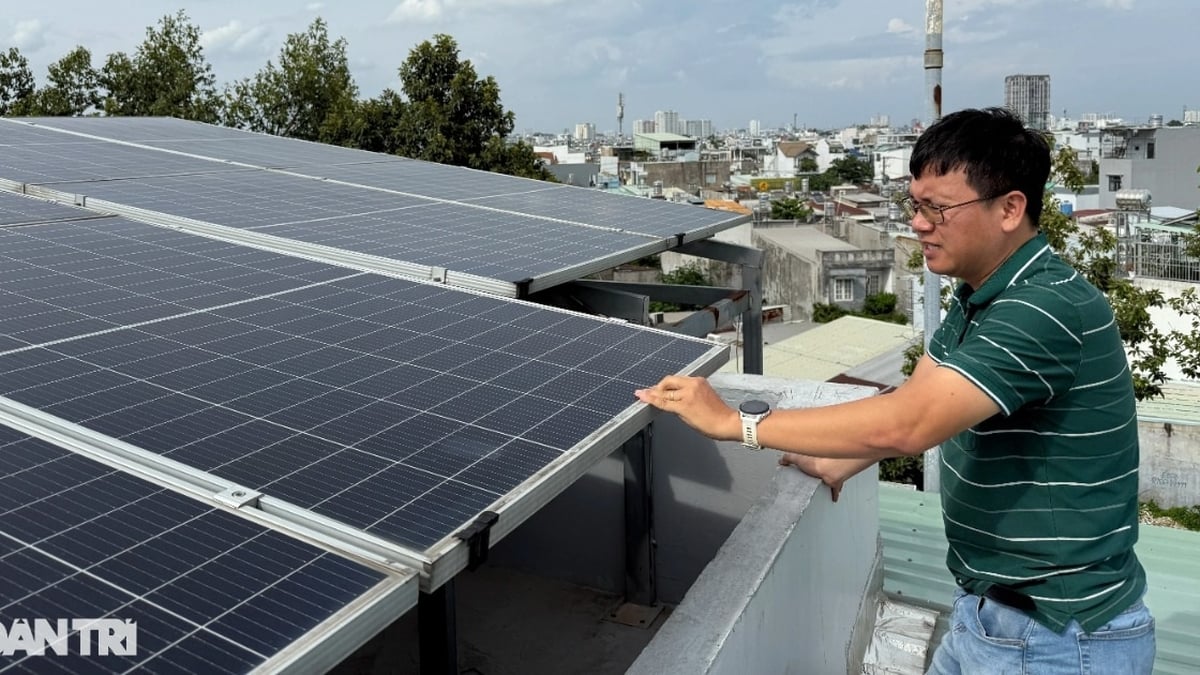























































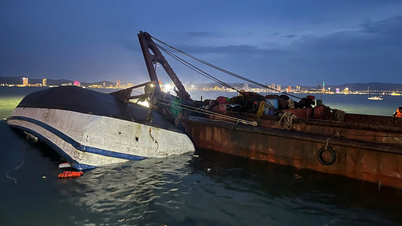







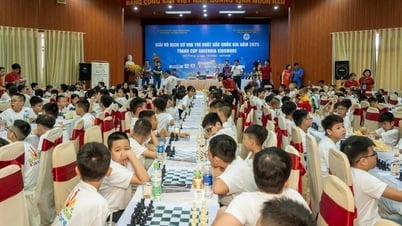

























Comment (0)